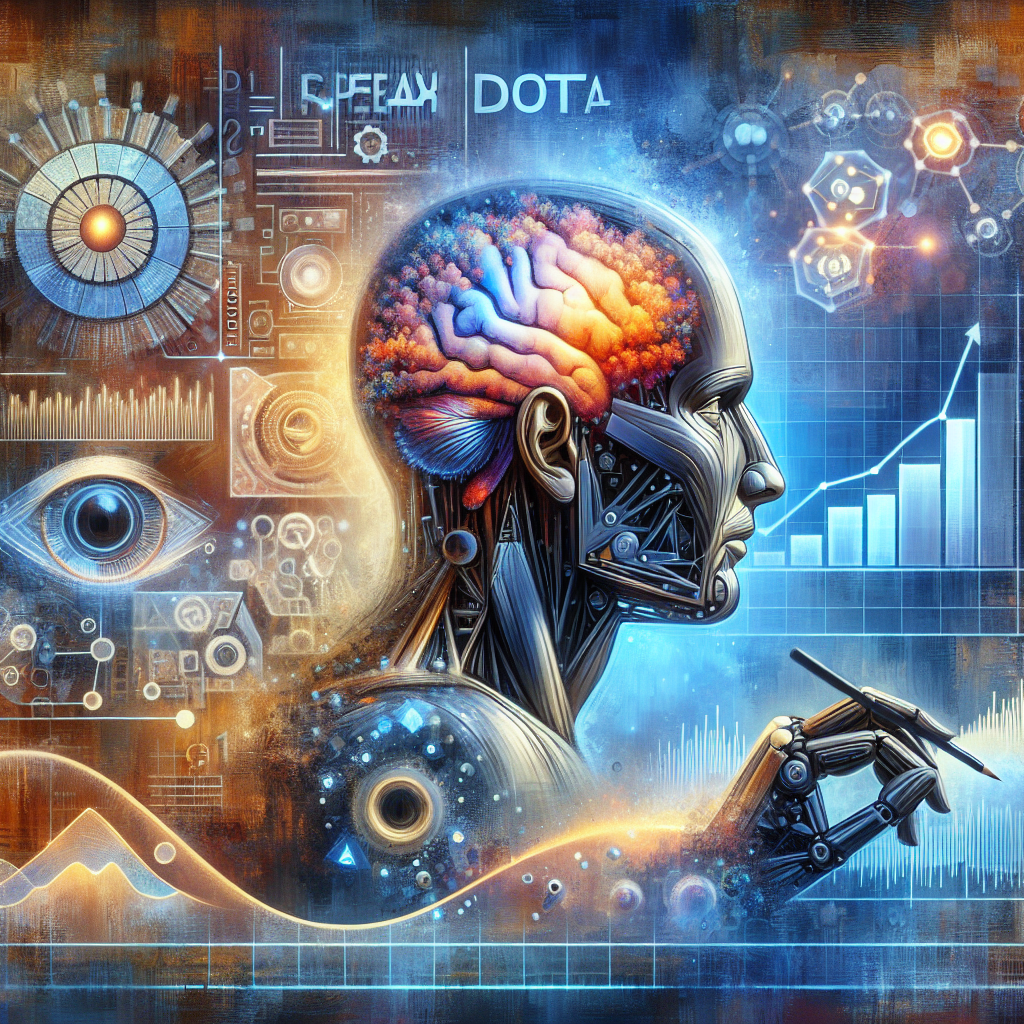“Exploring the Next Era of AI: Insights from Ilya Sutskever”

“`html
The Future of AI: Predictions and Insights from Ilya Sutskever
As the curtain draws on 2024, AI expert and former OpenAI Chief Scientist Ilya Sutskever dropped some eye-opening predictions at the recent NeurIPS AI conference. These
insights are not only an interesting reflection on the past decade of AI development but also a glimpse into what
could be the next era of artificial intelligence. Let’s break it down together!
A Quick History Lesson: The Revolutionary Trio
Back in 2014, Sutskever and colleagues presented three pivotal ideas that shaped modern AI:
- Training autoregressive models on text.
- Building larger neural networks.
- Training these networks on massive datasets.
These principles gave rise to today’s LLMs (Large Language Models) we use daily, such as GPTs and Gemini.
End of an Era? Welcome to “Peak Data”
According to Sutskever, this era of pre-training large models on broad datasets is reaching its limit. Why?
Because, as he cleverly puts it, “we have but one internet.” High-quality data sources are being exhausted,
marking what he terms “Peak Data.” This suggests we’re nearing the end of a data-reliant AI development age.
What’s Next for AI?
Instead of relying solely on data for growth, Sutskever predicts groundbreaking innovations in these areas:
- Agents: AI systems capable of performing tasks autonomously on computers.
- Synthetic Data: Creating new datasets to train and enhance AI models.
- Inference-time Compute: Models requiring heavier processing on-demand, like ChatGPT o1.
- Advanced Reasoning: Progressing from simple pattern recognition to logical, human-like reasoning.
A Leap Toward Superintelligence
Moving deeper into the future, the term “superintelligence” surfaces, which Sutskever emphasizes will be
distinct from today’s AI. Here’s what he envisions:
- True Agency: Not just following human commands, but setting and pursuing their own objectives.
- Real Reasoning: AI with unparalleled logical thinking abilities.
- Enhanced Learning: Understanding complex ideas with minimal input.
- Self-awareness: Developing a sense of “self.”
- Unpredictability: As AIs grow more autonomous, their behavior may not always be foreseeable.
Sutskever likens this transformation to humanity’s evolutionary leap from primates to hominids. Just as
hominids represented more than just larger brains—they symbolized a new kind of intelligence—AI’s next
phase could represent a paradigm shift in machine cognition.
“`